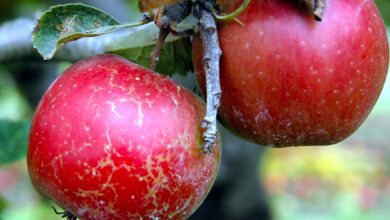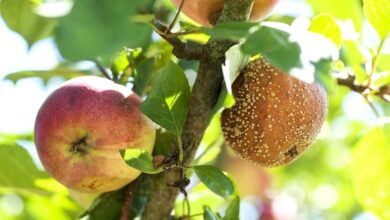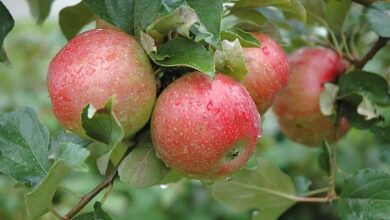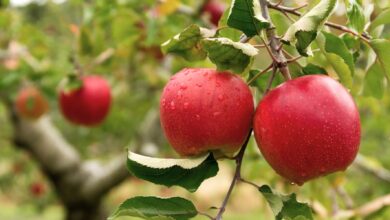Apples With Cedar Apple Rust: What causes rust on apples?
How Do You Control Cedar Rust On Apple Trees?
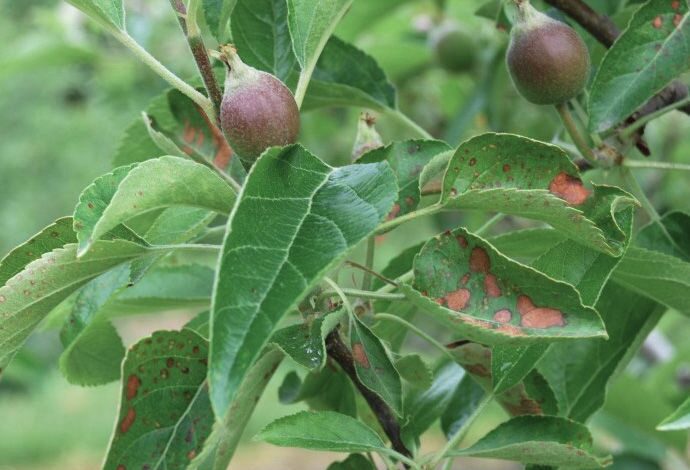
Generally speaking, growing apples is easy, but if a disease occurs, it can quickly ruin your crop and spread to other trees. Crabapples and apples are both susceptible to cedar apple rust, a fungal disease that damages both the fruit and the leaves. Despite being widespread, the infection is treatable.
Apple Trees with Cedar Apple Rust
Cedar apple rust is an infection caused by the fungus Gymnosporangium juniper-virginianae. Although it is entirely different from other rust infections, it is commonly confused with them. What makes cedar apple rust so special is its life cycle. To finish a cycle, the fungus needs two different host plants. In the spring, it infects crabapples and apples, and in the late summer, it spreads to juniper plants. Compared to juniper hosts, the fungus damages apple hosts much more.
What is the Impact of Cedar Apple Rust on Apples?
Your apple crop may be destroyed if the infection worsens and is not treated. Infections, even mild ones, can be dangerous. The leaves will drop early as a result of the damage, especially if the weather is dry. The apple crop declines and the trees become weaker after a few seasons. Additionally, a tree with the infection has fewer fruit buds.
Taking Care Of Cedar Apples Apples That Have Rusted
For cedar apple rust-affected apples to recover and keep bearing fruit, extra attention is needed. First, see if there are any juniper trees close to your apple trees. They can develop fairly large galls in the spring and summer if they get infected. It’s hard to miss their characteristic orange tendrils. These can spread their spores to neighboring apple trees. Eliminating or destroying any junipers in the area is one way to control the disease. As an alternative, you could just keep an eye out for galls and either kill the plant or cut off and kill the branches that are causing them.
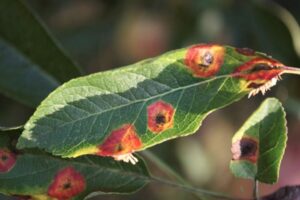
Grow apple varieties like Red Delicious, McIntosh, Winesap, Empire, and others that are resistant to cedar apple rust. Another option is to use a fungicide spray. The right spray can be found at your neighborhood nursery. However, the best defense against this disease in apple trees is typically prevention. Apples and juniper species should be kept 1,000 feet (305 meters) apart to protect your trees. Additionally, remember that your crop will not be significantly impacted by a low level of infection.

